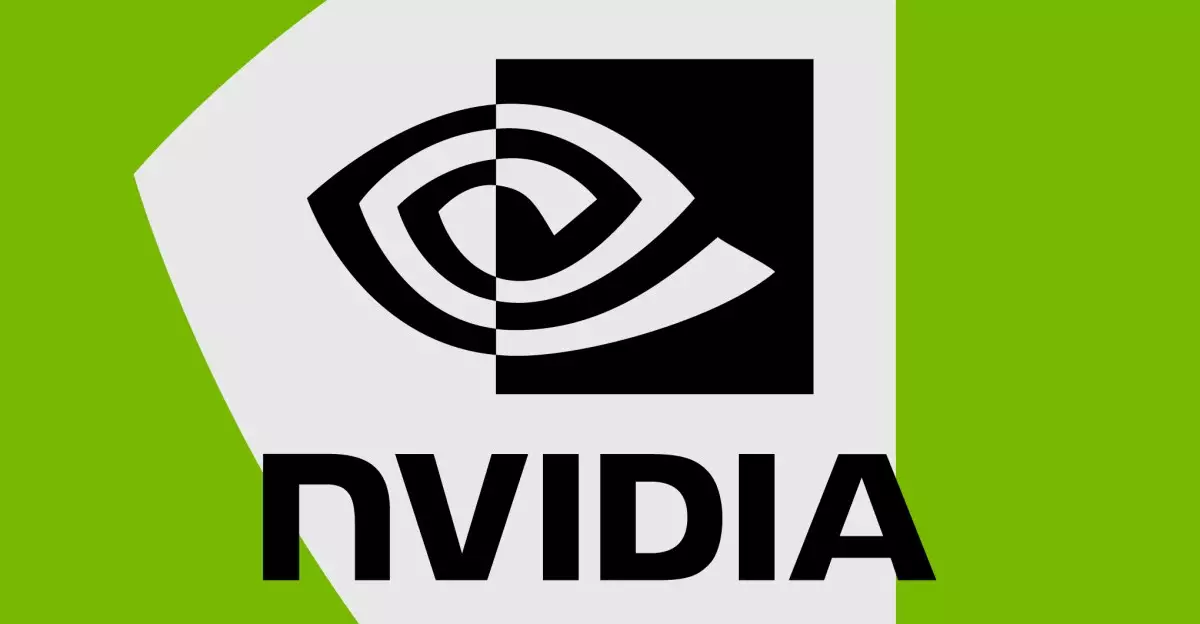Nvidia, a titan in the graphics processing unit (GPU) market, has long been synonymous with innovation, performance, and technology leadership. However, recent months have thrust the company into a maelstrom of controversy, primarily surrounding its new series of GPU drivers. Historically known for their reliability, Nvidia’s recent driver releases, particularly for the RTX 50-series cards, have been plagued with issues that have left users bewildered and frustrated.
The Avalanche of Problems: What Went Wrong?
The tribulations began when Nvidia launched its RTX 50-series cards in January, an event that was expected to elevate the gaming experience to new heights. Unfortunately, users were met with a harrowing reality: black screens, frequent game crashes, and significant general instability. This was not just a minor hiccup; it seemed as if a curse had been cast over the drivers, with issues cascading from one update to another, causing serious concern among a loyal base of users.
Months have passed, and despite the rollout of new hotfixes purportedly aimed at addressing these problems, the effectiveness of these updates has been called into serious question. Many Nvidia GPU owners have been sharing their grievances on forums like Reddit and Nvidia’s own support site, frequently reverting to the earlier December 566.36 driver in a desperate attempt to reclaim stability. However, this option is not accessible for everyone, especially those who have upgraded to the RTX 50 series, leaving them trapped in a cycle of frustration.
The Latest Updates: More Bottlenecks Than Breakthroughs
Recently, the release of the 576.02 driver seemed to signal a beacon of hope, promising numerous bug fixes and performance enhancements. However, those hopes were swiftly dashed as many users found themselves grappling with new problems, such as inaccuracies in GPU temperature readings from monitoring tools. This forced Nvidia to scramble once again, pushing out the 576.15 hotfix to address these glaring issues. In theory, this hotfix could bring some respite to the beleaguered RTX 50-series owners, especially those who depend on tools like Afterburner to maintain optimal performance.
However, it is here that the narrative takes a disheartening twist. Users have continued to report crashes, persistent performance issues, and even stuttering while utilizing G-Sync technology in select games. This draws a stark contrast to Nvidia’s historical reputation for providing a seamless gaming experience, raising questions about quality control and testing processes within the company. The company currently acknowledges at least 15 open issues with the troubling 576.02 driver, indicating that the road to redemption may be longer than initially anticipated.
A Surprising Volume of Hotfixes: A Shift in Strategy?
What is particularly jarring is the frequency of these hotfixes. Over the past two months, Nvidia has issued four separate hotfixes, a significant departure from their traditionally stable driver update procedure. This phenomenon raises eyebrows, especially when considering that Nvidia has typically outperformed AMD and Intel in delivering robust, crash-free gaming experiences. Such a rapid sequence of hotfixes suggests a deeper malaise and might hint at rushed product launches or inadequate testing protocols prior to release.
The Broader Implications: A Question of Trust and Reliability
The situation is exacerbated by the troubling launch of the RTX 50 series itself. Issues like melting power cables and a manufacturer defect that left some cards without essential render units have only compounded the woes of an already beleaguered launch. Gamers, desperate for the latest technology, have faced scarce supply at retail prices, a phenomenon that has only fueled further frustration.
In an era where gamers demand reliability and impeccable performance, Nvidia’s series of missteps threatens to erode the trust that has been painstakingly built over the last few decades. With competitors like AMD making significant strides in the GPU market, Nvidia risks losing its hard-earned position as the go-to solution for serious gamers and professionals alike.
The clock is ticking for Nvidia to reclaim its status as a market leader, but without a significant overhaul in its driver reliability and quality control processes, the once-dominant giant may find itself increasingly vulnerable to the competition.

